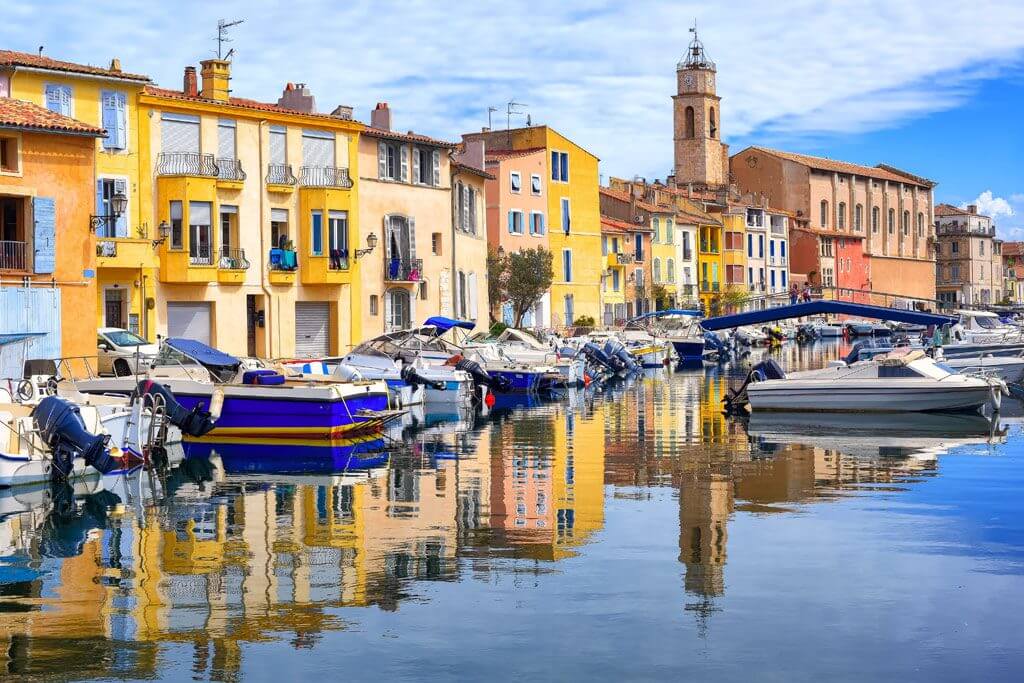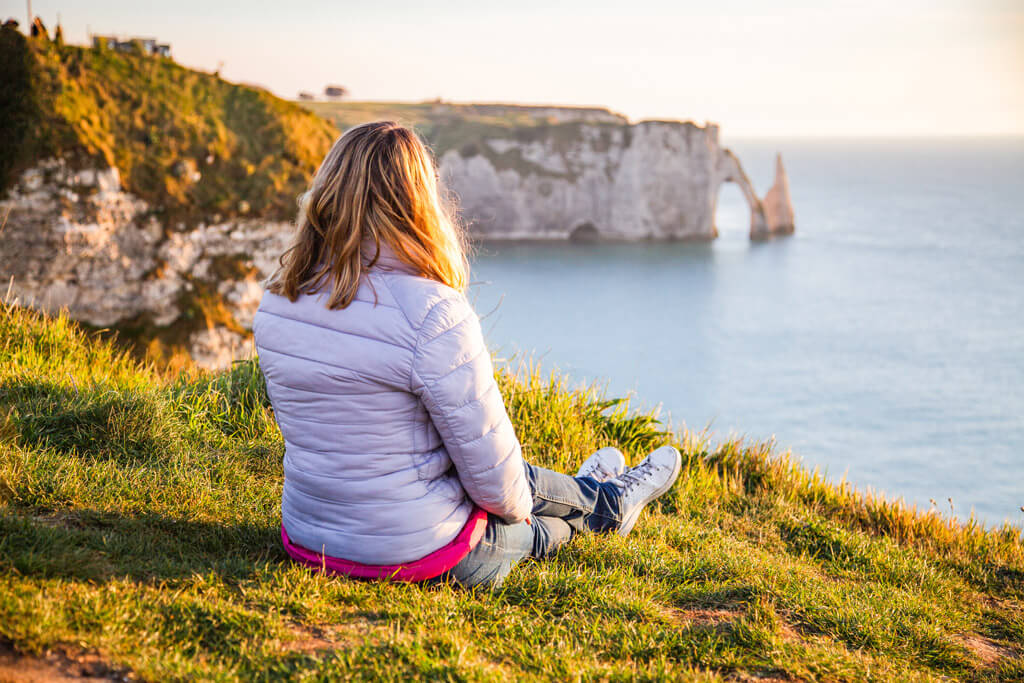Article written by Elisa - Travel Writer & Local in France
This article may contain compensated links. Please read disclaimer for more info.
Hauts-de-France is the northernmost region of France, formed by the merging of the historical regions of Picardy and Nord Pas de Calais. It is bordered by the English Channel, the Northern Sea, Belgium, and the French regions of Grand Est, Normandy, and Ile-de-France.
What is Hauts-de-France famous for? It is a region of awesome cathedrals, belfries, castles, and World War sites but it is also a land of wide-open spaces, wild coasts, and beautiful countryside.
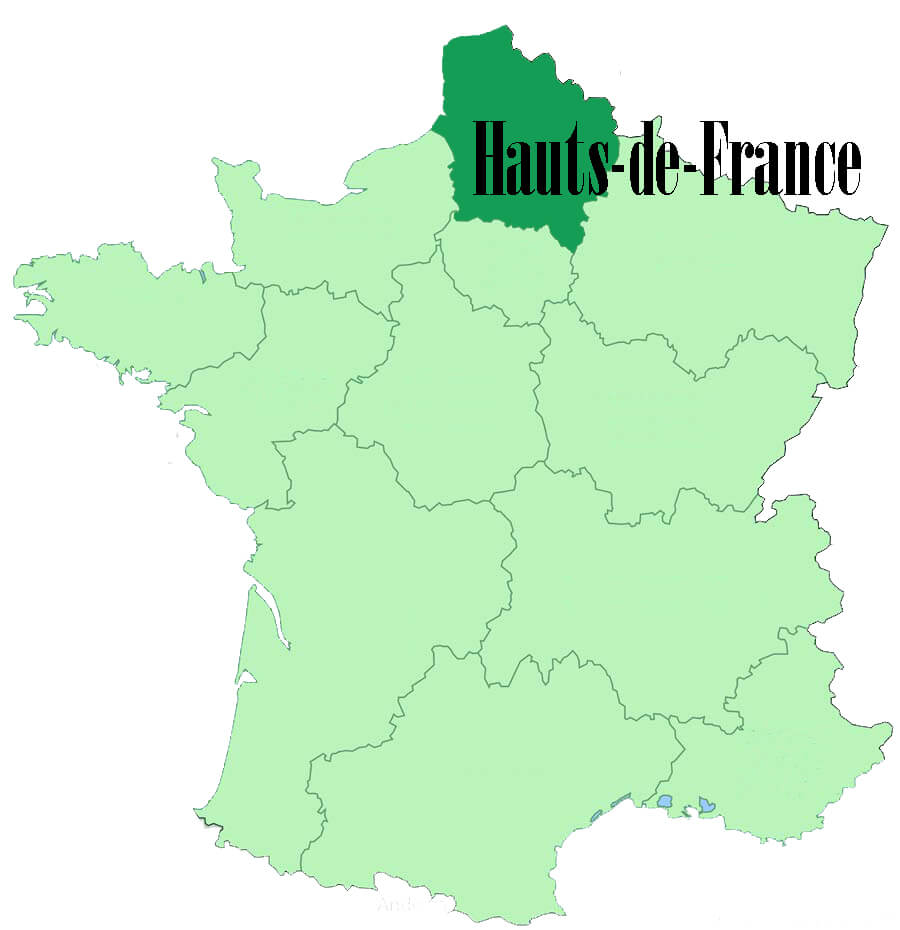
Thanks to the excellent ferry connection Dover-Calais, the Hauts-de-France region is Great Britain’s main gateway to France, and British road-trippers will find in this region many great excuses to stop for a break on the way to Paris and the south.
Its proximity and good train connections with the French Capital, make of Hauts-de-France also an attractive region to explore on day trips from Paris by train.
The capital of Hauts-de-France is Lille and the region is divided into five departments: Aisne, Nord, Oise, Pas-de-Calais, and Somme. There are so many things to do in Hauts-de-France that you cannot miss this wonderful region when visiting Paris or the north of France!
Related posts
Hauts-de-France Travel
BY PLANE: The region has one of the busiest international airports in France: Beauvais-Tillé Airport (BVA). Also known as Paris-Beauvais, the airport offers low-cost flights by Ryan Air from cities like Manchester, Dublin, or Girona. Paris-Beauvais is a popular option for travelers wishing to visit Paris on a budget.
Book your flight tickets to Paris-Beauvais
BY TRAIN: Traveling around France by train is straightforward. Lille is on the Paris-Brussels-London high-speed rail corridor and it is well connected to these cities. Paris-Lille is only a 1-hour 20 min ride, London St Pancras-Lille is a 1-hour 20 min ride with some trains stopping also at Calais, and Lille-Bruxelles is only a 30 min ride.
Book your train tickets to Hauts-de-France
BY FERRY. Calais is connected to Dover in England by ferry services operated by P&O Ferries and DFDS Seaways (1 hour 30 min). DFDS also operates ferries between Dover and Dunkirk.
Hauts-de-France by Car
For extended trips in the Hauts-de-France region, the best way to get around is by car. This region is a great place for memorable French road trips. With a car, some good tunes, and the best company, you are set for one of the best adventures in your life. Driving in France is very easy, and with the car, you can go off the beaten path to visit small villages and lesser-known sites.
Recommended road trips in Hauts-de-France:
If you don’t have your car, we recommend booking in advance through platforms like Discover Cars. This site takes all major rental companies, such as Hertz, Avis, etc., and compares prices for you. Check out our best tips for renting a car in France.
Best Places to Visit in Hauts-de-France
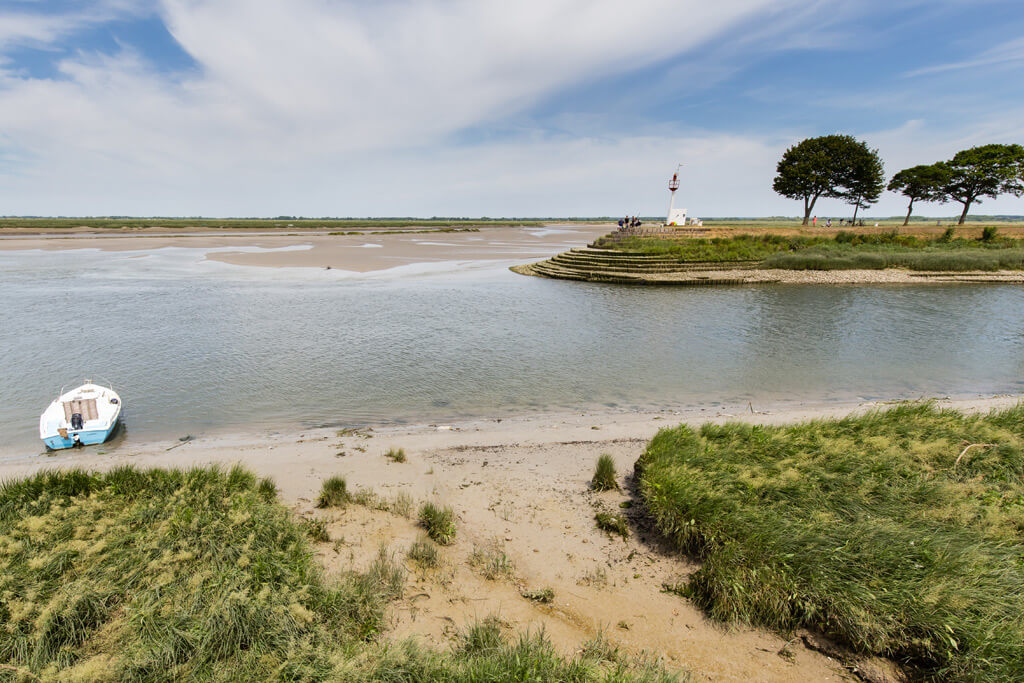
Let’s explore the best things to do in Hauts-de-France and the best places to visit in the region. The list of Hauts-de-France tourist attractions includes sightseeing, wild beaches, lots of architecture, and history.
1. Lille, the Capital
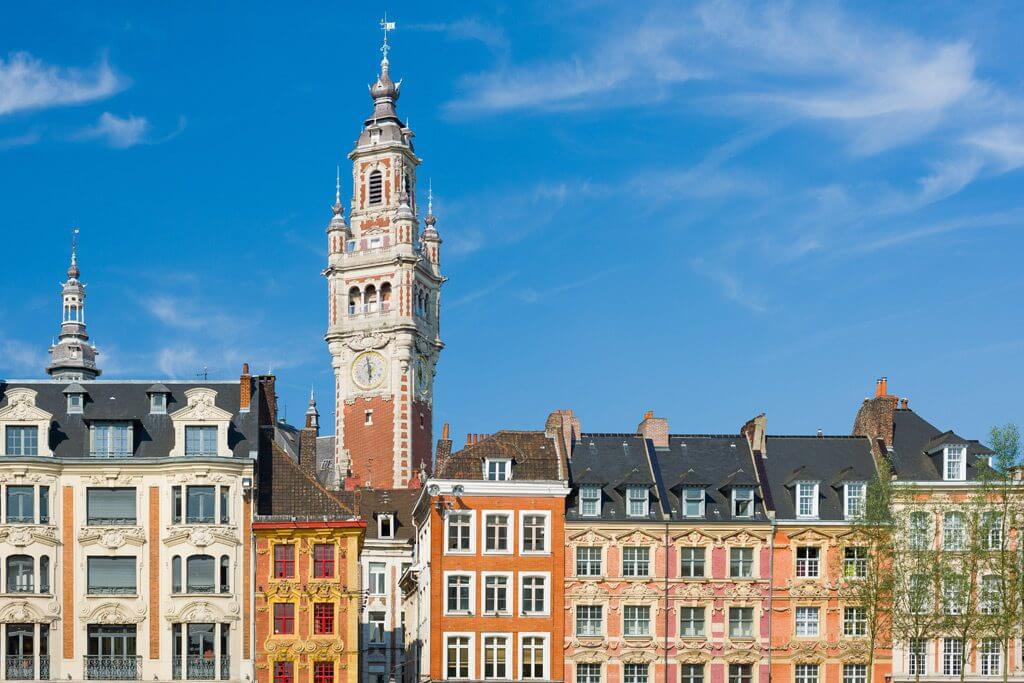
Lille is the capital of Hauts-de-France and an attractive cultural hub with a large student population. The city lies on the Brussels-Paris-London train connection, and all the TGV and Eurostar trains stop in Lille.
In the middle ages, Lille was part of the County of Flanders, and it was a prosperous fair town. Many Flemish influences remain from that period, especially in the city’s architecture and gastronomy.
Vieux Lille is the city’s historical center, characterized by 17th-century brick townhouses and cobbled pedestrian streets. Vieux Lille’s beating heart is the Grand Place, a beautiful and large central square.
Other interesting sights in Lille are Le Palais des Beaux-Arts, the Old Stock Exchange, the Citadel designed by Vauban, and Musée de l’Art et de l’Industrie de Roubaix (in the outskirts) with its beautiful Art Déco swimming pool. All these sites are included in Lille’s City Pass (24 or 48 hours), a museum + transportation card that makes you save money!
Its direct and fast train connection with the French capital (only 1 hour by TGV) makes Lille an attractive destination for a day trip from Paris by train. We recommend, however, spending at least a couple of days in Lille, using it as a base camp for visiting other sites in Hauts-de-France.
Here’s a selection of wonderful hotels in Lille
2. Les Grandes Cathédrales in Picardy
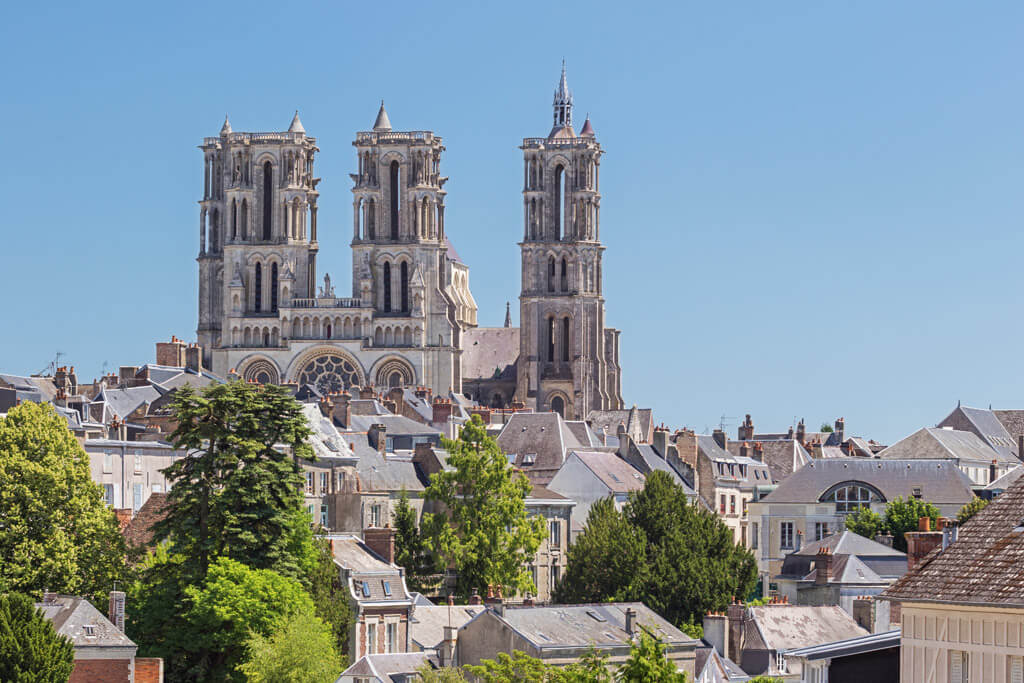
The Hauts-de-France region, and more specifically the historical region of Picardy, is probably the region with more awesome gothic cathedrals per square meter in the world!
The first Gothic buildings appeared around 1130-1150 in Île-de-France and especially in Picardy. At that time, demographic growth (linked to agricultural and commercial development) required an increase in the size of religious buildings. This was the perfect moment to try new techniques that allowed higher constructions with more natural light and wider spaces.
The best places to visit in Hauts-de-France for cathedral lovers are Laon, Amiens, Beauvais, and Soissons. From Laon Cathedral to the Cathedrals of Amiens or Beauvais, visitors can witness the main steps of the evolution of Gothic architecture in France. Today, all these Gothic Cathedrals in France are listed as UNESCO World Heritage, and they are surrounded by charming historical centers.
We recommend spending a least one night in the historical centers of Laon or Amiens to soak up its particular ‘lost in time’ atmosphere when day-trippers leave.
3. The Côte d’Opale
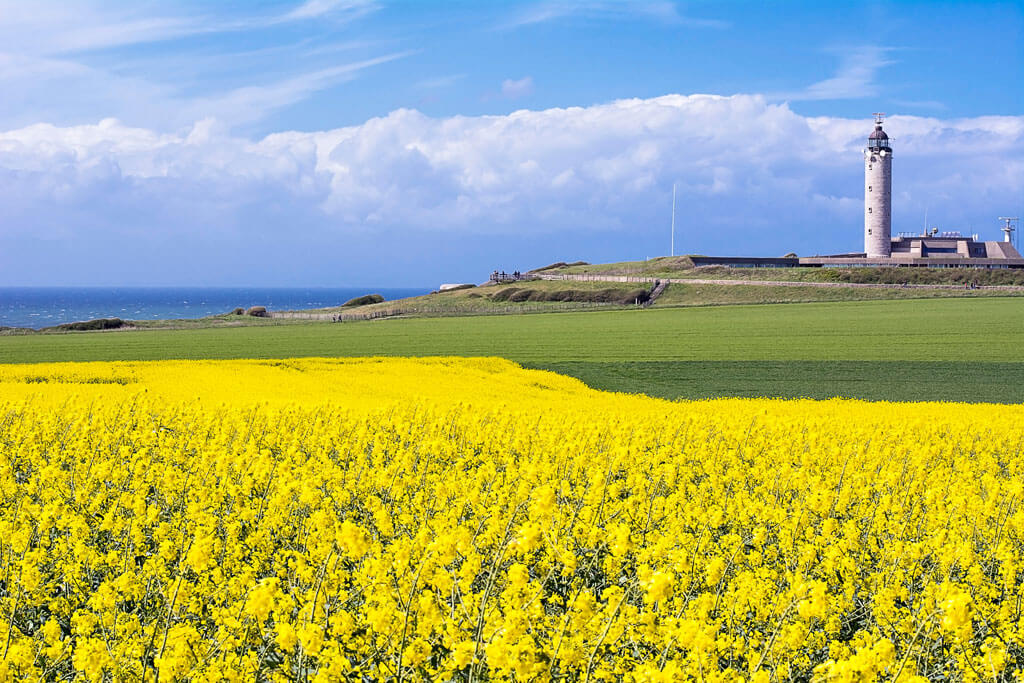
If you are wondering what to do in Hauts-de-France for a relaxing holiday, head to the Côte d’Opale on the English Channel.
The Côte d’Oplale (Opal Coast) is one of the most beautiful places to visit in Hauts-de-France. Stretching from the Belgian border to the river mouth of Somme, the Côte d’Opale reveals sublime landscapes of dunes, picturesque seaside villages, rugged chalk cliffs, green meadows, and pine forests.
The beaches of the Côte d’Opale are among the most beautiful beaches in France, offering visitors days of relaxation, shore fishing, water sports, and more.
Don’t miss Cap Gris-Nez – explored from the top –, and Cap Blanc-Nez – perfect for beach walks during the low tides. Go to see the seals at Baie d’Authie – on sunny days and low tides – and enjoy the superb sunsets of Plage de Berk.
Montreuil-sur-Mer is a picturesque fortified town located about ten kilometers inland while Wimereux and Ambleteuse are two seaside resorts that have been welcoming British tourists since the Victorian era.
4. Chantilly
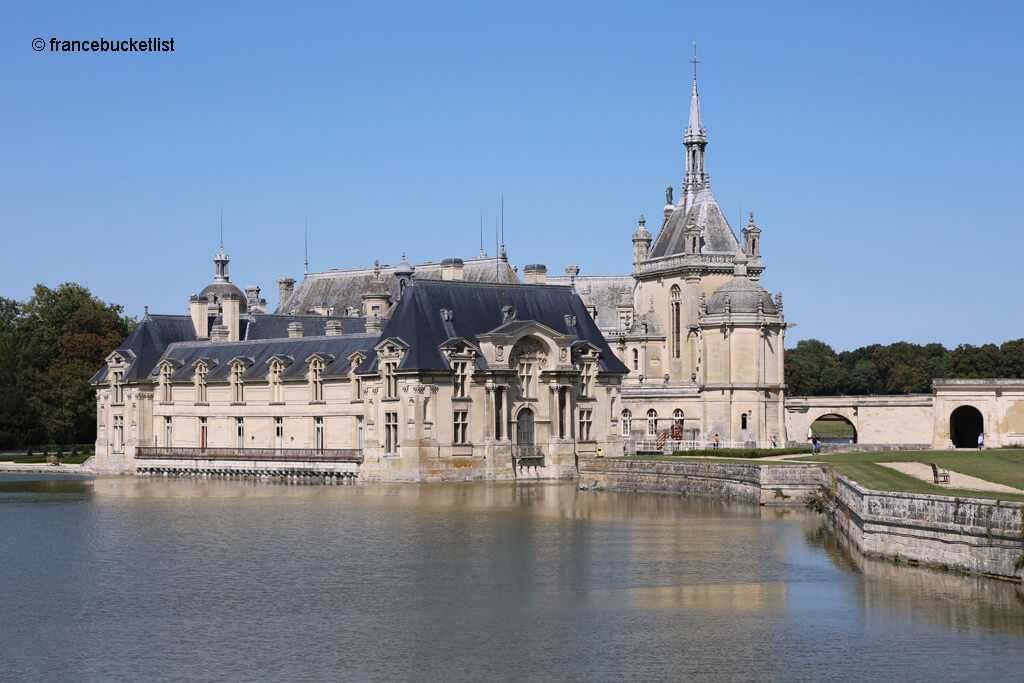
Chantilly, in the Oise department, is the horse capital of France. It is also home to a beautiful château and the birthplace of crème chantilly. It is one of the easiest day trips from Paris by train for a day of culture and relaxation.
Built in the 17th century, Les Grandes Ecuries (the Grand Stables) could host 240 horses and 500 hounds. Since then, Chantilly’s world has turned around horses, and it is home to France’s largest racehorse-training community. Today, Les Grandes Écuries hosts the Horse Museum and a prestigious center of dressage for the best horses in the world.
Château de Chantilly is one of the most beautiful castles near Paris and a great alternative to the busy Versailles Palace or Château de Fontainebleau. It was built in the 16th century for the House of Montomercy and later it was owned by the Princes of Condé, cousins of the King of France. The château has a beautiful library and an important collection of French artwork. The surrounding gardens were designed by Le Notre, the same landscape designer that created Versailles Gardens.
5. Grand’ Place and Petite Place in Arras
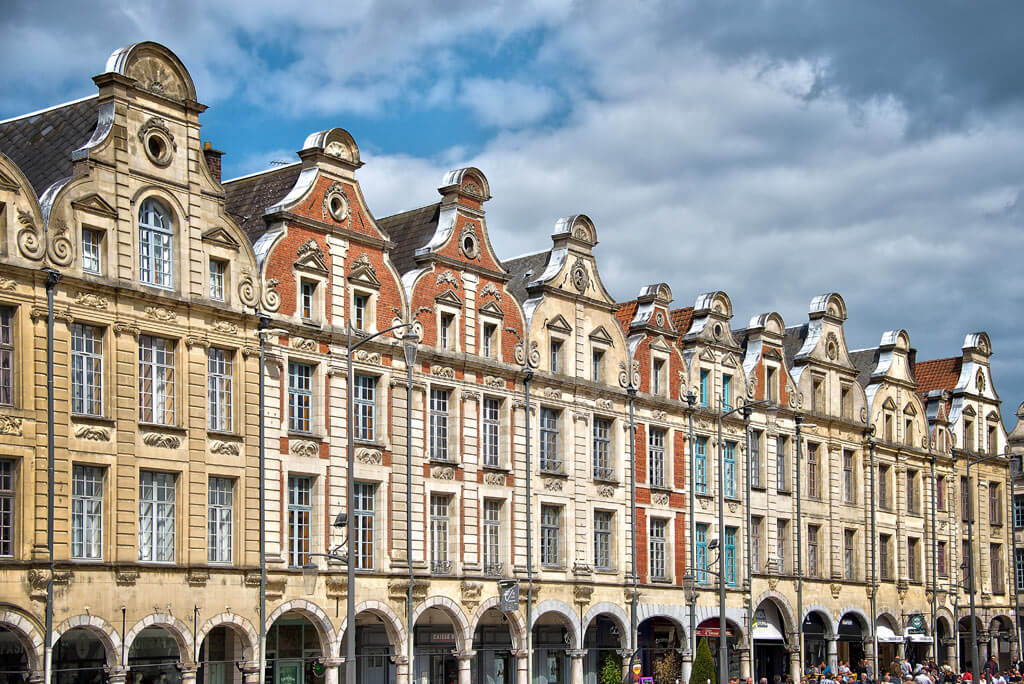
The beautiful capital of the historic Artois region, Arras, has a strong Flemish accent, especially in architecture, art, and food.
The arcaded Grand’ Place and Petite Place (also called Place des Héros) are the two main squares in Arras, and they boast a splendid collection of unique Flemish baroque architecture, beautiful cafés, and bars.
On Petite Place, you can climb the belfry for a bird’s eye view 75 meters above the center of Arras. The Belfry of Arras is in the flamboyant gothic style, and it was completed in 1554.
Don’t miss the Saturday market on Petite Place, perfect for a morning stroll and food tasting.
6. Amiens’ Hortillonages
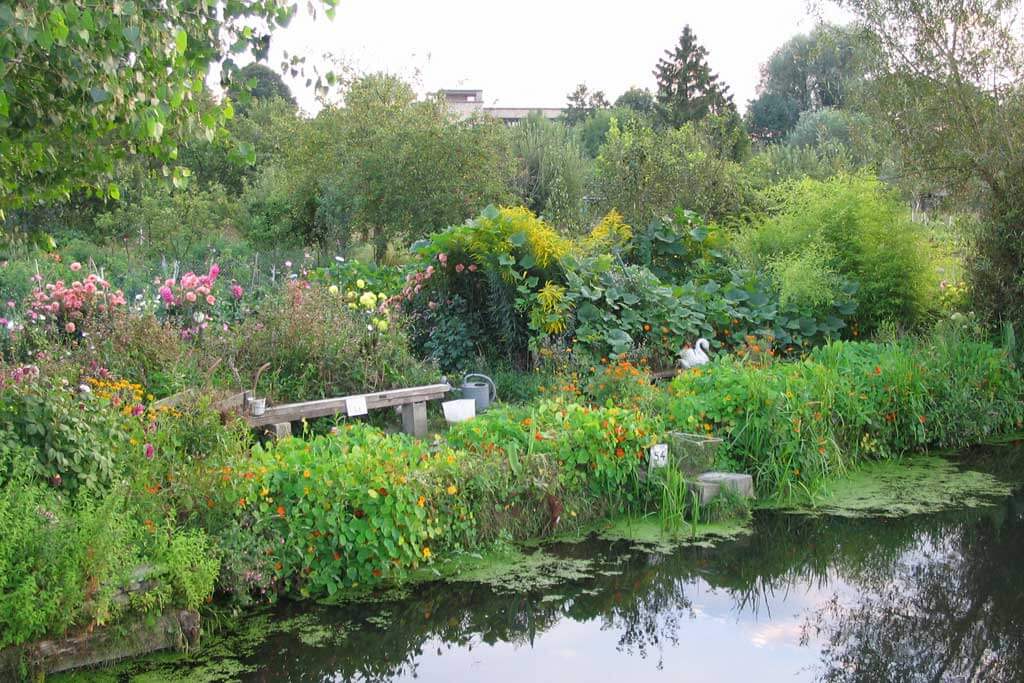
The Hortillonnages of Amiens are ancient marshes transformed into gardens, interspersed with canals. Unique in France, these beautiful floating gardens were built in the Middle Ages and intended for vegetable cultivation. Grown for about 800 years, the hortillonnages cover 300 hectares and 65 kilometers of canals called ‘rieux.’
Today, a handful of ‘hortillons’ continue cultivating these lands, and they sell their products at the floating market in the Saint-Leu district, which takes place every Saturday.
Located east of Amiens, not far from the cathedral, it is possible to visit the hortillonages on foot, by bike, or by traditional boats (barque à cornet).
A few guesthouses are located on the hortillonages, and they are unique places to spend a relaxing weekend getaway in Amiens. Au Jardin Sur l’Eau Horillonages always has excellent reviews and offers free private parking and free bikes.
7. Small Towns
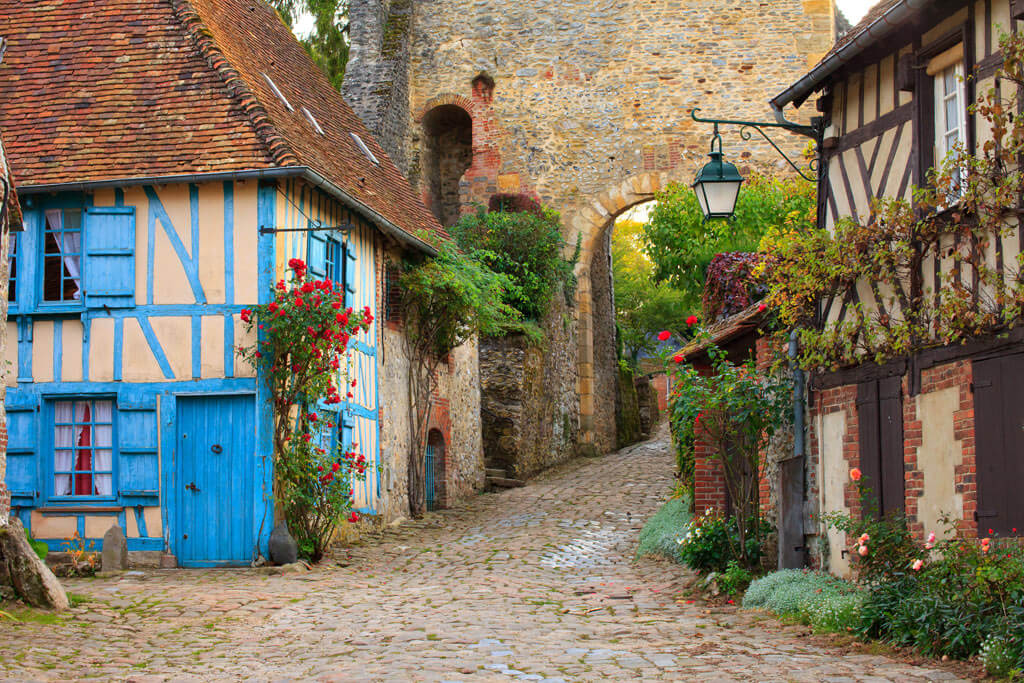
Hauts-de-France also boasts picturesque small towns, and they are perfect for visiting on a day trip from Paris. Leave the hustle and bustle of the French capital for a day and get a taste of the French countryside in lovely towns like Senlis or Gerberoy, in the Oise department, or Montreuil-sur-Mer, a little bit further in Pas de Calais.
Gerberoy is listed as one of the Most Beautiful Villages in France, and it is a dream destination for lovers of flowers and roses. A walk in this village is an absolute delight, with its narrow cobbled streets, 17th and 18th-century houses, climbing roses, wisterias, plants, and flowers. Don’t miss its rose festive, which takes place in June.
Senlis is a royal town, the cradle of the Capet dynasty. Hugh Capet was lord of Senlis before becoming the first king of the House of Capet in 987, and all his successors until Henry IV spent some time in the royal palace of Senlis.
Boasting Gallo-Roman ramparts, the medieval town of Senlis is the perfect place for a stroll with its paved streets lined with mansions and beautiful residences. Incredibly charming, the Old Town has been used as a set in numerous films.
Montreuil-sur-Mer is a picturesque town perched high on a hill, a pretty place of cobblestone roads, squares, narrow alleys, ancient houses, and a lovely walkway all around the town on the ramparts. Montreuil-sur-Mer is best known for being one of the scenarios of Les Misérables by Victor Hugo, based on the scenes he saw when he visited this town.
8. Forest of Compiègne & the Armistice Clearing
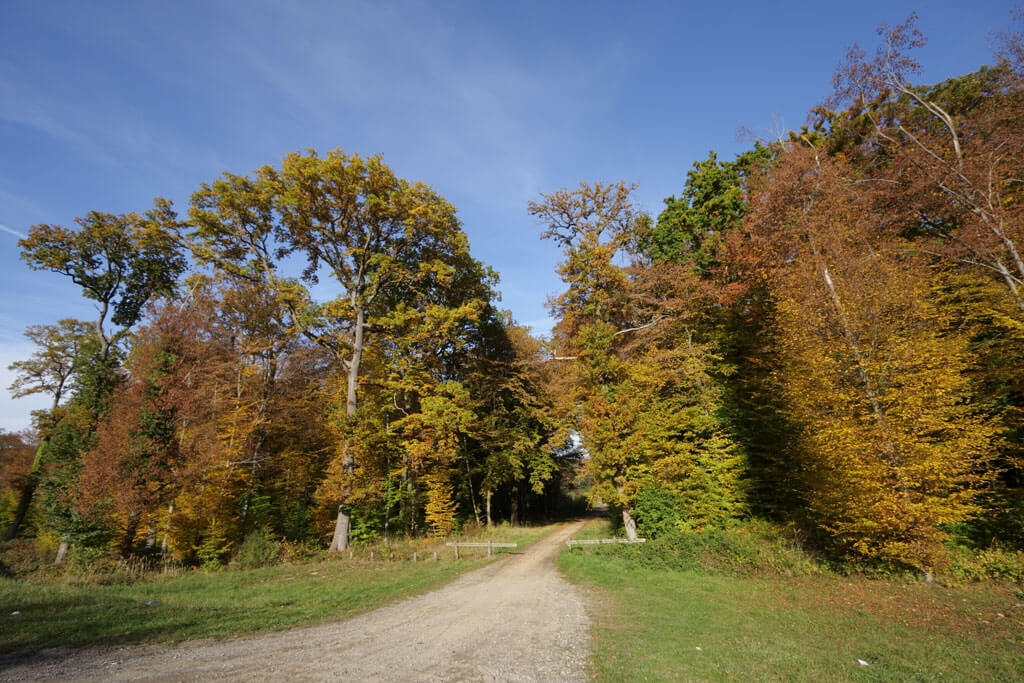
Today, the Compiègne National Forest is the third-largest deciduous forest, only after Orléans and Fontainebleau. One of the best places to visit in Hauts-de-France for nature lovers, it consists of 41% beech, 27% oak, 9% charms, and 7% pine, and it is crossed by 900 kilometers of geometric paths.
Since medieval times, Compiègne was the favorite hunting ground of the French kings and later the French aristocracy under Napoleon III.
Apart from its beauty, the Compiègne Forest was the witness of a crucial chapter of our history: it was in Compiègne Forest where the Armistice was signed on 11 November 1918, bringing the First World War to an end. To illustrate this event, there are a statue of Marshal Foch, commemorative monuments, and a museum containing the railway carriage in which the Armistice was signed.
9. Château de Pierrefonds
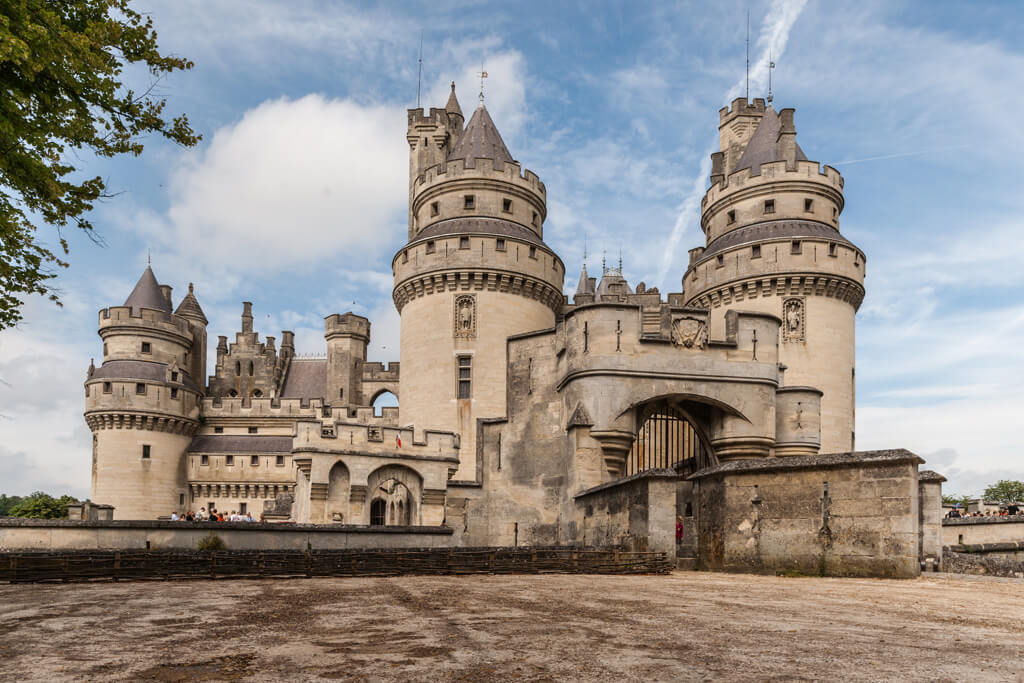
Château of Pierrefonds is one of the best castles in France to visit. Located on the southeast edge of the Forest of Compiègne, Pierrefonds was built in the 14th century by Louis d’Orléans, the brother of Charles VI, dismantled in the 17th and forgotten for almost two centuries.
One of the most beautiful Hauts-de-France tourist attractions, it was not until the end of the 18th century, with the onset of Romanticism and renewed interest in the past, that Château de Pierrefonds became the center of attention once again. Napoléon I bought Pierrefonds for less of 3.000 francs and Napoléon III appointed the Architect Viollet-le-Duc for its restoration.
Viollet-le-Duc’s restoration was a free interpretation of a building of the medieval period and, on the whole, corresponds to what Louis d’Orléans fortress must have looked like (according to him). In Pierrefonds, the decoration in general and imperial apartments are great to see. There’s also a permanent museum dedicated to Viollet-le-Duc’s life and work – Click here to buy your tickets to Château de Pierrefonds
10. The Bay of Somme
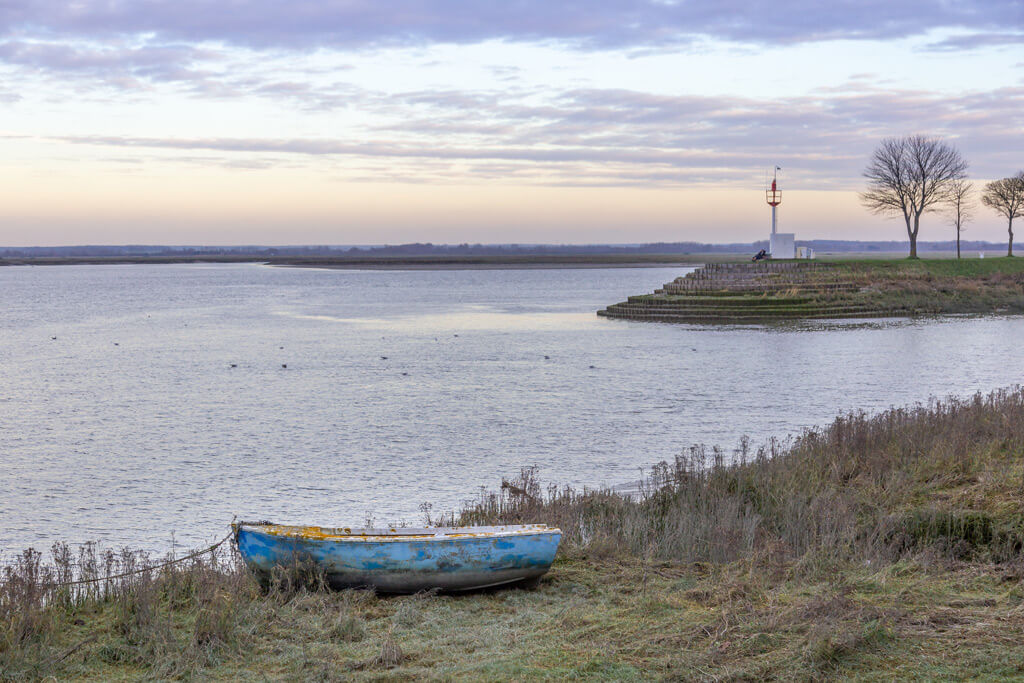
The Bay of Somme is one of the top Hauts-de-France attractions for nature lovers. The Bay of Somme is the largest estuary in northern France, an unspoiled place composed of dunes, marshes, and salt meadows.
Situated on the route of migrating birds, with more than 250 different species of birds spending a part of the year in the area, the Bay of Somme is a paradise for birdwatchers.
The bay is also home to the largest colony of French seals. The seals can be spotted resting on sandbanks which emerge as the tide recedes. This is where they recharge their batteries, give birth, feed their young, and moult.
The Belle Époque steam train connecting Le Crotoy to Cayeux-sur-Mer (Le Chemin de Fer de la Baie de Somme) is a trip back in time and an excellent way to discover the landscapes of the Bay of Somme. Visitors can also ride a bike along the cycle paths of the bay.
Saint-Valéry-sur-Somme is a charming town with a good accommodation choice. It makes a good base for organizing birdwatching, kayaking, or air-ballooning activities and exploring the bay in general.
Click here to book your hotel in Saint-Valéry-sur-Somme

11. Art-Déco in Saint Quentin
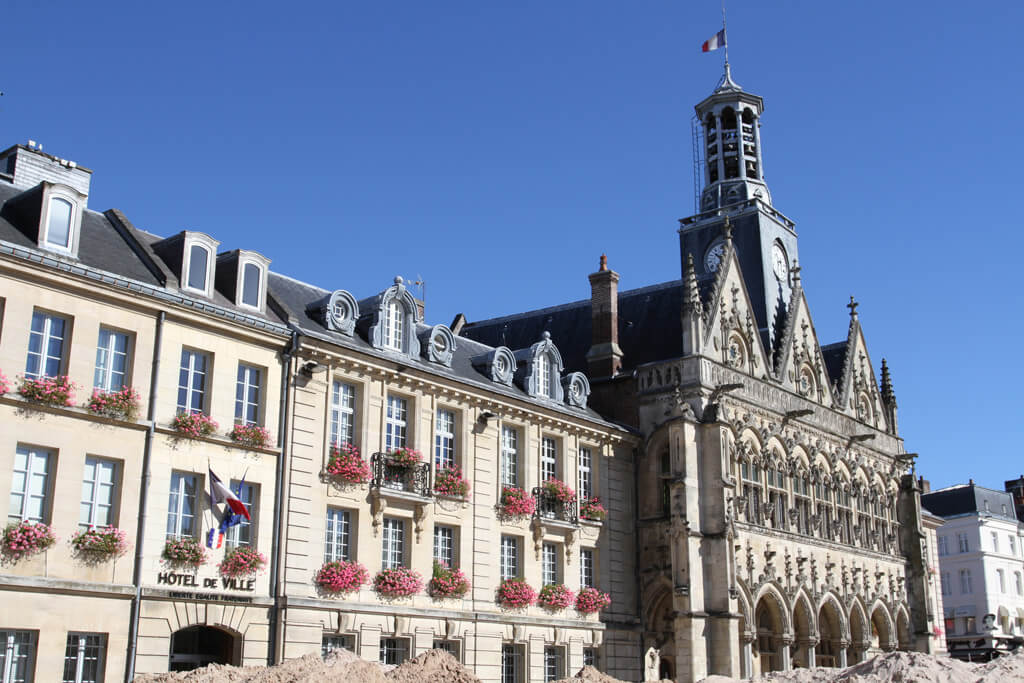
Saint-Quentin (Aisne) is one of the main Hauts-de-France destinations for architecture passionate. Saint-Quentin is a listed Town of Art and History in the Picardie historical region that boasts an impressive collection of architecture with buildings of Gothic, Neo-Classical, and Art Déco styles.
The Flemish-inspired Main Square is dominated by the Flamboyant Gothic-style façade of the Town Hall. This façade is adorned with 173 sculptures illustrating scenes from the life of the town!
Don’t miss the Saint-Quentin’s Art Déco circuit, which takes visitors through the city’s Art-Déco heritage in facades like the post office, the music school, or the lighthouses on Isle Bridge.
Finally, visit the Gothic Basilica of Saint-Quentin, constructed in stages between the 12th and 15th centuries. Inside, there is a beautiful Tree of Jesse from the 16th century, and the floor of the nave has an octagonal labyrinth of black and white paving stones from the late 15th century. Pilgrims were invited to follow the complex course of black stones before opening their souls to God.
12. WWI Sites
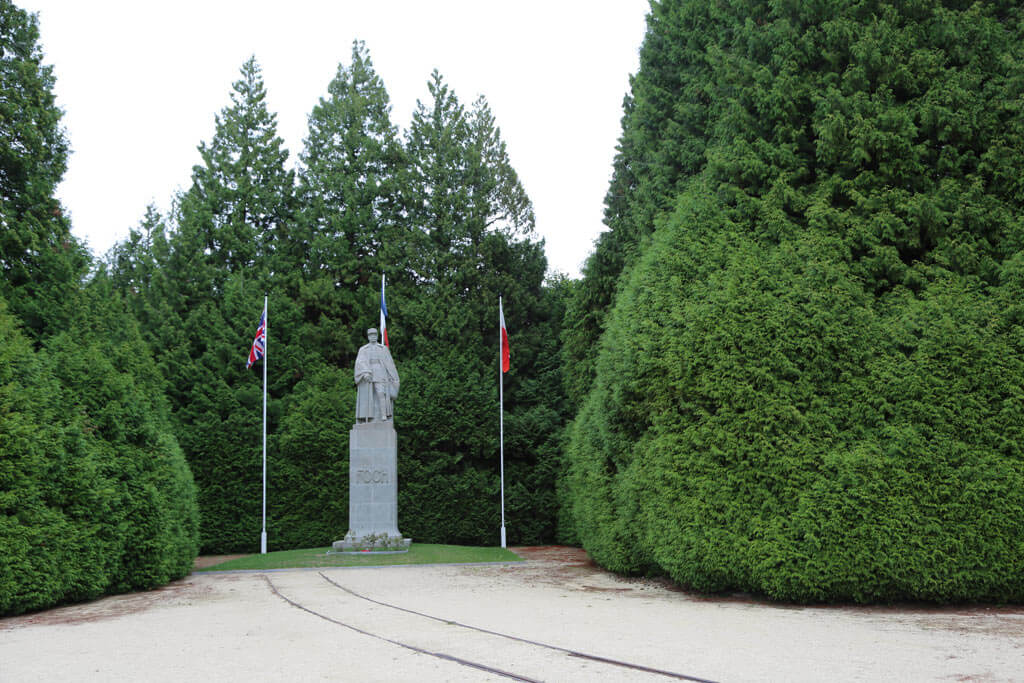
Sadly, the Hauts-de-France region is also famous for being the theater of many battlefields during the World Wars. Some of these war sites are very easy to visit on a full-day WW tour from Paris and are top on the list of the Hauts-de-France things to do.
During the First World War, the Battle of the Somme lasted four and a half months, during which more than one million men and women lost their lives – Click here to book your WWI Somme Battlefields day tour from Paris.
The Armistice, which marked the end of the First World War, was signed in the Forest of Compiègne, and visitors can still see the railway carriage in which the Armistice was signed.
The Remembrance Trail, a circuit linking Albert and Péronne (two symbolic towns of the Great War), enables visitors to discover the main sites of remembrance on the Western Front in the Somme.
Meters below the ground in Arras, there’s is an old labyrinth of chalk tunnels where the citizens took shelter. From these tunnels, the Allied forces coordinated the Battle of Arras in 1917. And just outside the city are memorials, cemeteries, and thought-provoking museums.
During the Second World War, Dunkirk in the Nord department was the site of the famous evacuation of British and French forces to the UK in Operation Dynamo in 1940.
13. Carnaval de Dunkerque (Dunkirk’s Carnival)
If the Hauts-de-France region is known for its many festivities, the Carnival of Dunkirk is certainly the highlight. Each year, more than 50,000 people take part in a whole series of festivities in the streets of this coastal town (and the surrounding towns) located an hour’s drive from Lille.
The origins of this historic festival date back to the early 17th century: the fishermen went away for many months to fish for cod near Newfoundland and Iceland, without knowing if they would ever come back. At their departure, boat owners came to give sailors half of their pay, which was an opportunity for a meal and a big, crazy party. This tradition has survived and today the Dunkirk Carnival has become a large gathering that sweeps through the whole city in an incredible mixture of sounds, colors, and lights.
Dunkirk is one of the top Hauts-de-France destinations in wintertime. For two-and-a-half months, the carnival-goers get dressed for the occasion and gather to parade in a happy, family-friendly atmosphere. Every Saturday night there is a grand ball and the bands or orchestras entertain people in the streets every Sunday afternoon.
The highlight of the Carnival is still Mardi Gras (Shrove Tuesday, at the end of February/beginning of March) with its giant, colorful parades. The crowd flocks in front of the City Hall, from which almost 450 kilos of wrapped, smoked herrings are thrown down for the occasion!
Hauts-de-France Food
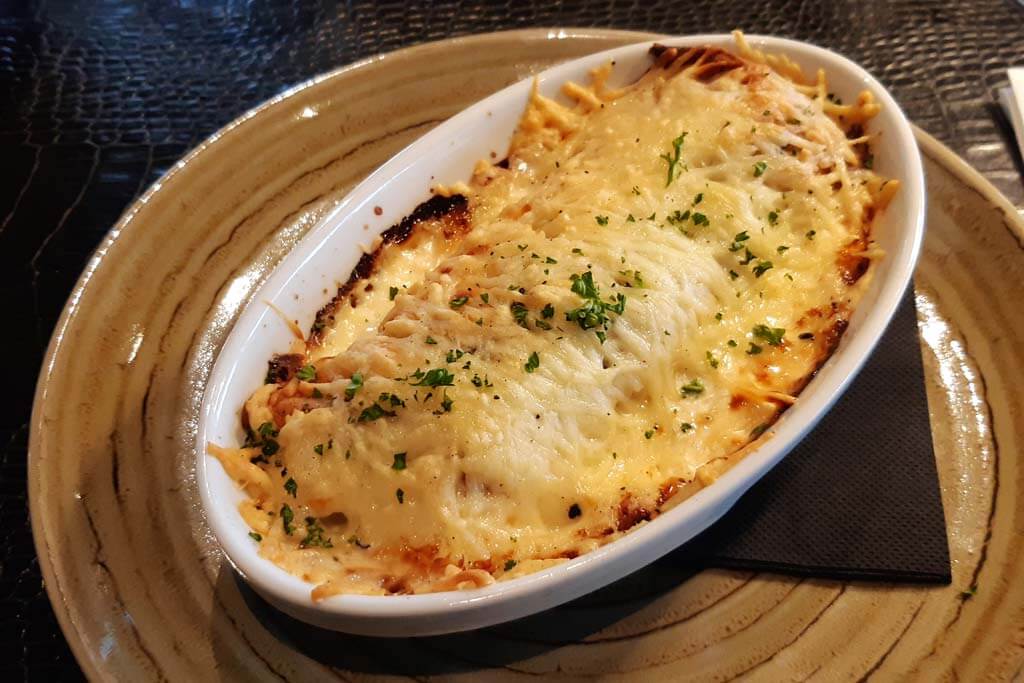
Take a break and get to know the local delicacies! The region Hauts-de-France offers a wide range of savory and sweet dishes to awaken your taste buds:
- Mussels and fries: a popular dish of the Braderie de Lille (the biggest flea market in France), this specialty was born in the 17th century in Namur in Belgium.
- Ficelle picarde: a pancake topped with ham, Paris mushroom, shallots, cream, and white wine and broiled in the oven. This is our favorite Hauts-de-France food and it comes straight from Picardy!
- Flemish carbonade: originally from French and Belgian Flanders, this variant of beef bourguignon is cooked with beer and braised beef and eaten with fries and gingerbread.
- Champagne: originally non-effervescent, Champagne wine has been consumed since Antiquity and is the symbol of festivities or friendship.
- Bêtises de Cambrai: these refreshing mint candies are the result of an error by an apprentice confectioner, hence the name bêtises (foolery).
We hope that you enjoyed the main places to visit in Hauts-de-France and the best things to do in the region. If you want to learn about other regions head to this article on the Regions of France, where we have summarized the highlights of each region.

